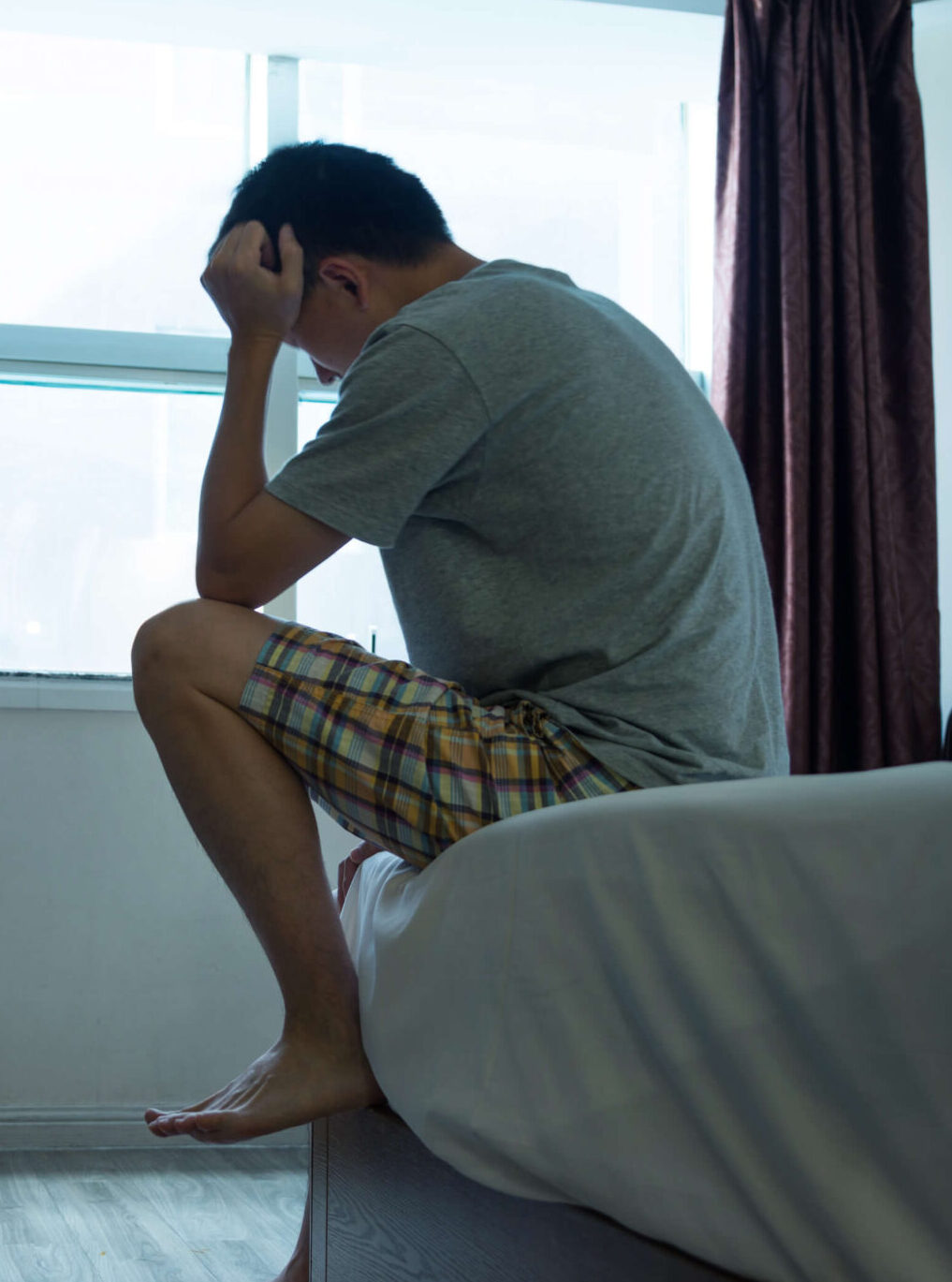Undergoing vasectomy requires adequate preparation and understanding to help you make an informed decision about your health.
Understanding Vasectomy
A vasectomy is a surgical procedure, typically performed by a urologist, which serves as a form of male sterilisation. It involves cutting or sealing the vas deferens, the tubes that carry sperm from the testicles to the urethra.
The urologist first numbs the scrotum during a vasectomy with a local anaesthetic. A small incision or puncture hole is made on one side of the scrotum to access the vas deferens. The tubes are cut, tied, or otherwise sealed to prevent sperm transportation.
The exact process is repeated on the other side of the scrotum. This procedure prevents sperm from reaching the semen ejaculated from the penis, making it a highly effective form of birth control.
This outpatient procedure typically takes about 20 to 30 minutes.
Evaluating Personal Suitability for Vasectomy
Before deciding on a vasectomy, consider several factors:
- Existing Medical Conditions: Certain conditions, such as blood disorders, infections, or cancers, may affect the eligibility for a vasectomy. Urologists evaluate patients on a case-by-case basis.
- Personal and Family Medical History: Discussions with your urologist should include your medical history and that of your family. Factors such as allergies, past surgeries, or inherited conditions can influence decision-making.
- Future Family Planning: Consider vasectomy as an irreversible procedure. While reversal surgeries are possible, it doesn’t always guarantee success.
Pre-Vasectomy Consultation
The pre-vasectomy consultation allows the patient and urologist to discuss the procedure in detail. The consultation will typically involve:
- Medical Examination: A physical examination, possibly including a testicular ultrasound, to assess overall suitability for the procedure.
- Discussion of Medical History: An opportunity to discuss any medical conditions, medications currently taken, and any previous surgeries.
- Procedure Explanation: The urologist will explain the procedure in detail, including potential risks and complications.
Key questions to ask your urologist during this consultation may include:
- What is the preferred technique for my vasectomy?
- What are the possible short and long-term complications?
- What can I expect during recovery?
Get A Personalised Treatment Plan
For Your Condition
Physical Preparation
The following are general health and lifestyle factors that can impact the procedure and recovery process:
- Smoking: Smoking can delay healing, so stop it before the procedure
- Alcohol: Alcohol can thin the blood, increasing the risk of bleeding. Limit alcohol intake before the procedure.
- Medication: Some medications, such as blood thinners, can affect bleeding. Discuss all medications with your urologist.
Specific dietary and physical activity guidelines include:
- Eat a light meal before the procedure.
- Shower with antibacterial soap on the day of the surgery.
- Refrain from heavy physical activity in the days before and after the procedure.

Mental and Emotional Preparation
Vasectomy can have emotional implications. It’s normal to experience anxiety or concerns. Manage these feelings by:
- Counselling: Speaking with a professional counsellor can help manage concerns.
- Relaxation Techniques: Techniques such as deep breathing or meditation can reduce anxiety.
Post-Procedure Recovery
The typical recovery time for a vasectomy is usually between a few days to a week. Do the following to help with recovery:
- Rest: Ensure you get plenty of rest post-procedure. Rest for 24-48 hours following a vasectomy, avoiding strenuous activities.
- Ice Packs: Applying ice packs to the scrotum can reduce swelling and alleviate discomfort. Typically, ice packs are recommended for 10-20 minutes at a time, every 1-2 hours, for the first 24 hours post-procedure.
- Supportive Underwear: Snug-fitting underwear or a jockstrap can support the scrotum post-vasectomy. This can reduce movement and potential discomfort, aiding in healing.
- Pain Management: Over-the-counter pain medication, such as paracetamol, can be used to manage pain. Always follow the dosage instructions provided.
- Hygiene: While you should keep the area clean, avoid baths and prefer showers for the first few days post-vasectomy. Also, dry the area to prevent potential infections gently.
- Monitor for Complications: If you notice extreme swelling, bleeding, or signs of infection (like redness, warmth, or a foul odour), contact your urologist immediately.
A vasectomy doesn’t affect testosterone levels, sexual function, or libido. Any changes in sexual function are typically due to psychological factors rather than the procedure itself.
Resumption of sexual activity is possible within a week of the procedure but continue using other forms of birth control until your urologist confirms the absence of sperm in your semen.
Conclusion
Making an informed decision about a vasectomy involves understanding the procedure, assessing personal suitability, and preparing physically and mentally. For personalised advice, consult with a professional urologist.
